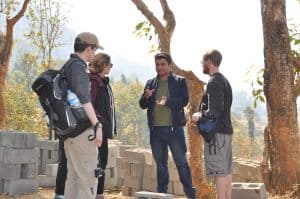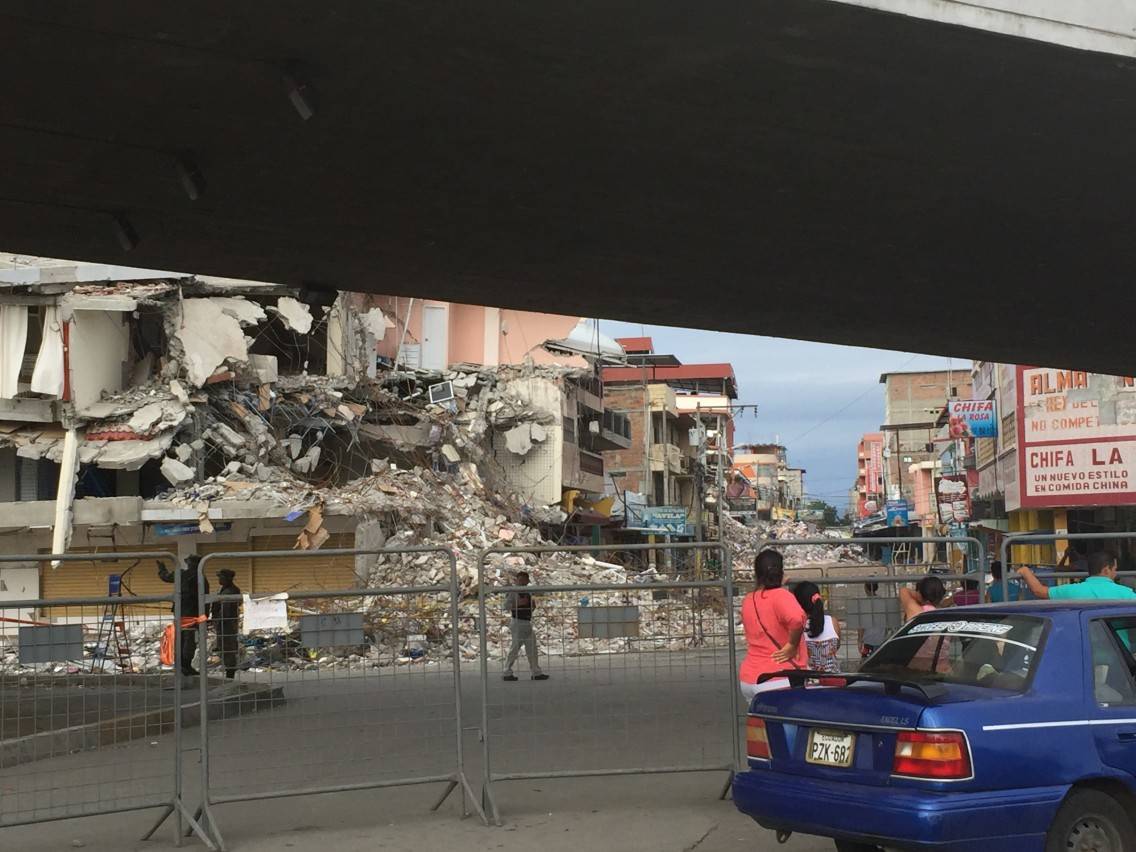
After several days in Nepal, including two days in the field, my views have changed. My assumption was that everyone was building new homes to replace those destroyed by the 2015 earthquake, and that these new homes would be better, safer, and more capable of serving the needs of the people that lived in them. I thought this was simply an issue of technical skill, logistics,

